Learning how to dream feed baby is quite simple. Yay! Yet dream feeding is one of those terms that gets tossed around so much that everyone assumes that everyone else knows the exact meaning of the term. When you dig a little deeper, you see that people have WILDLY different definitions of the same exact term!
Last Updated .
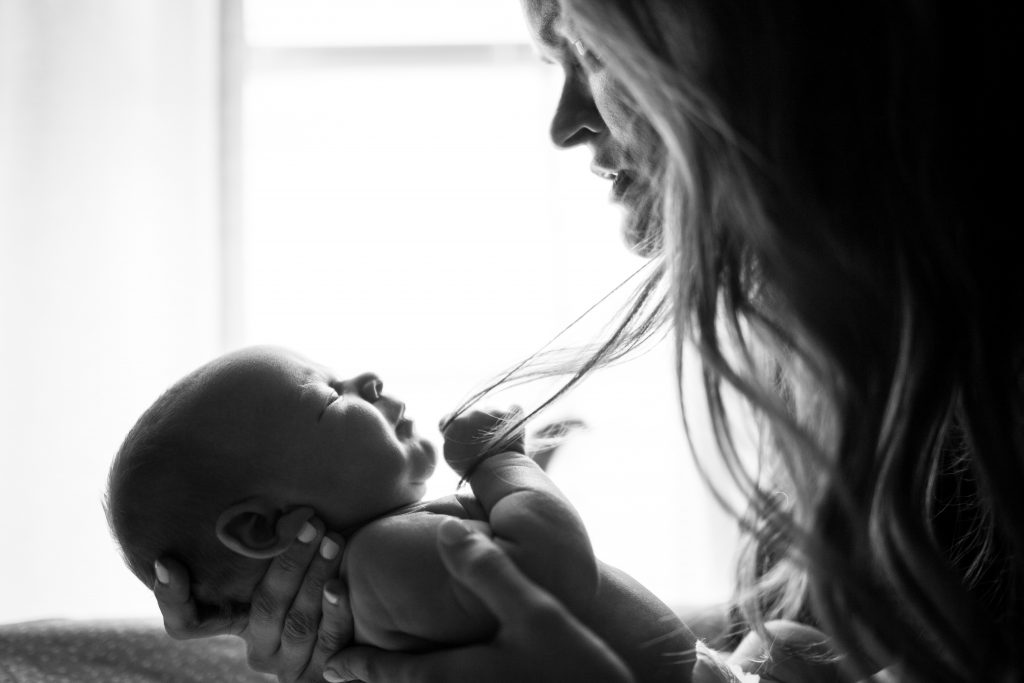
Photo Credit: Zach Lucero
So What Is a Dream Feed?
Just so everyone is on the same page…
A dream feed is when:
- a parent goes to their sleeping infant,
- picks them up to breastfeed
- or props them up either in their crib, or in a caregiver’s arms, to offer a bottle,
- feeds the child,
- and then puts them back down *asleep* without the baby ever having woken up.
A dream feed is NOT a dream feed if a child:
- opens their eyes at any point in the process,
- or if the feeding is in response to the baby waking up.
Generally speaking, a dream feed is done between the hours of about 9:30pm and 12:00am. Technically, if all other terms are met, but the feed is done outside of these hours, the feeding is still a dream feed.
The Right Age for Dream Feeding
Dream feeds are a great tool from birth (or a few weeks after, when babies are not quite so sleepy), through to when a baby is done being swaddled. It is very challenging to dream feed a baby, even a very young one, without waking them up if they are not swaddled. Generally speaking, it’s wise to stop dream feeding around 14–16 weeks of age. After this age, babies become a lot more awake and aware, and dream feeds tend to disrupt the rest of their overnight sleep.
Benefits of Dream Feeding
Let me first dispel a myth. A dream feed does not necessarily prevent a baby from waking up to eat at night. Although, sometimes it does work. I like dream feeds for young babies because I appreciate the “insurance policy” of extra calories at night. As long as a baby is young enough that the dream feed itself does not wake them, and fracture their remaining nighttime sleep, a dream feed can insure as many calories as possible during each 24-hour period.
A gift to reflux-y babies!
Some babies respond beautifully to a dream feed. Especially those with reflux! From about 7pm on through to about 2 or 3am, the body is flooded with the hormone melatonin. Melatonin is responsible for many things. Chief amongst them is making the body feel drowsy, and relaxing the long muscles (abs, legs, and arms). Since the abdominal muscles are relaxed, it’s common for babies with a lot of reflux to tolerate a dream feed without spitting up. And even possibly negate the need to be burped, or held upright afterwards. I can speak to this from personal experience with my own extremely reflux-y, wholly unmedicated daughter. Since the concern for calorie intake is so high with reflux babies, dream feeds can be especially useful for them.
Burping After a Dream Feed
If you feel your sleeping baby needs to be burped, go ahead and attempt to burp them as you normally would during the day. Check in with your pediatrician to ask how long to attempt a burp before giving up and putting baby back to sleep.
The bottom line is that a dream feed done correctly can benefit baby AND parents by offering an extra dose of nutrition, while also possibly helping baby sleep! (Which means YOU can get more sleep too! Win!)
If you like staying in the know with the most up-to-date information, and learning everything you can about your little one’s sleep, please sign up for my newsletter using the button below!
So remember, to properly dream feed your baby…
- Enter their room (keeping it dark!), and prop baby up either in their crib, or your arms, and immediately start feeding them the breast or bottle.
- Dream feed between 9:30pm-12:30am (or whenever you are heading to bed yourself!)
- Baby should NOT wake up AT ALL during the entire feeding. (Baby should be put back down in bed just as asleep as they were when you starting the feeding.)
- You should stop attempting dream feeds when baby starts to sleep unswaddled. (Or around 14-16 weeks old when these feeds can start to become disruptive to their nighttime sleep.)
If you want to learn everything I know about babies under 16 weeks, check out The Newborn Sleep Program. This program can help set up your newborn (and you) for the best possible sleep! And if your baby is older than 16 weeks old, and you’re looking for affordable, hands-on sleep training support, check out my online training series: The Baby Sleep Trainer Program + Support. Use the code DFbaby for 10% off either program.[/fusion_text][/fusion_builder_column][/fusion_builder_row][/fusion_builder_container]


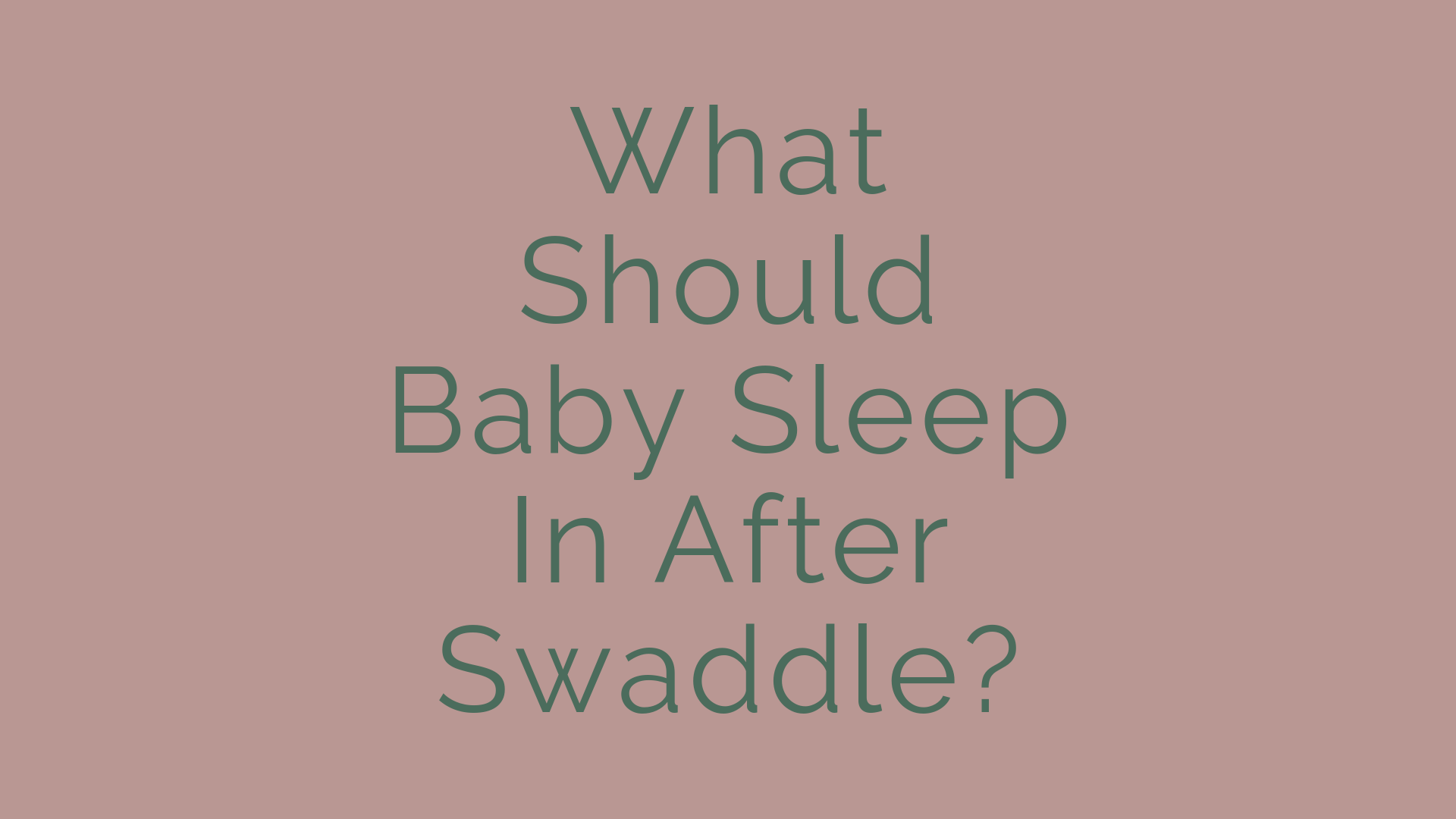
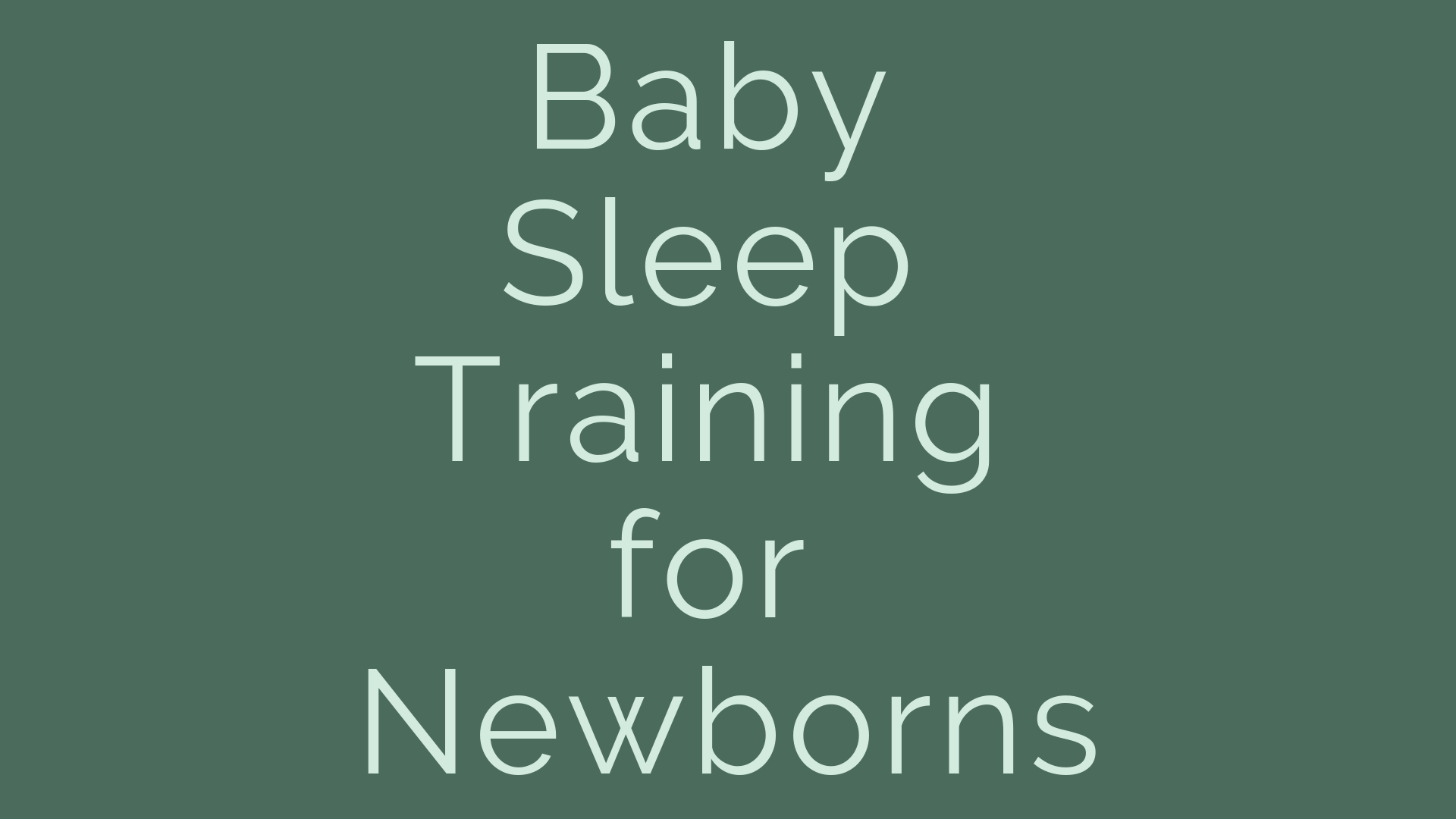
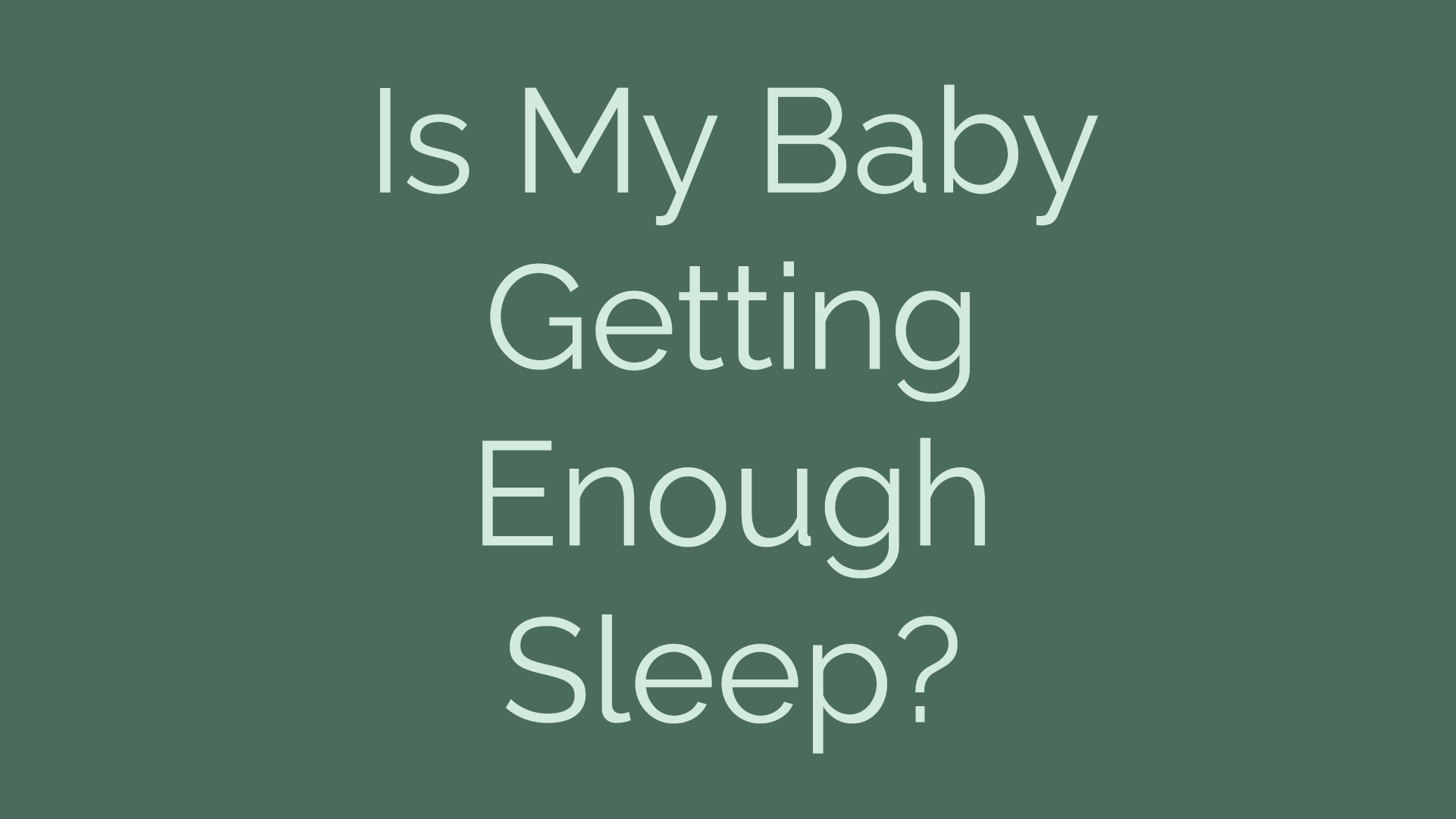
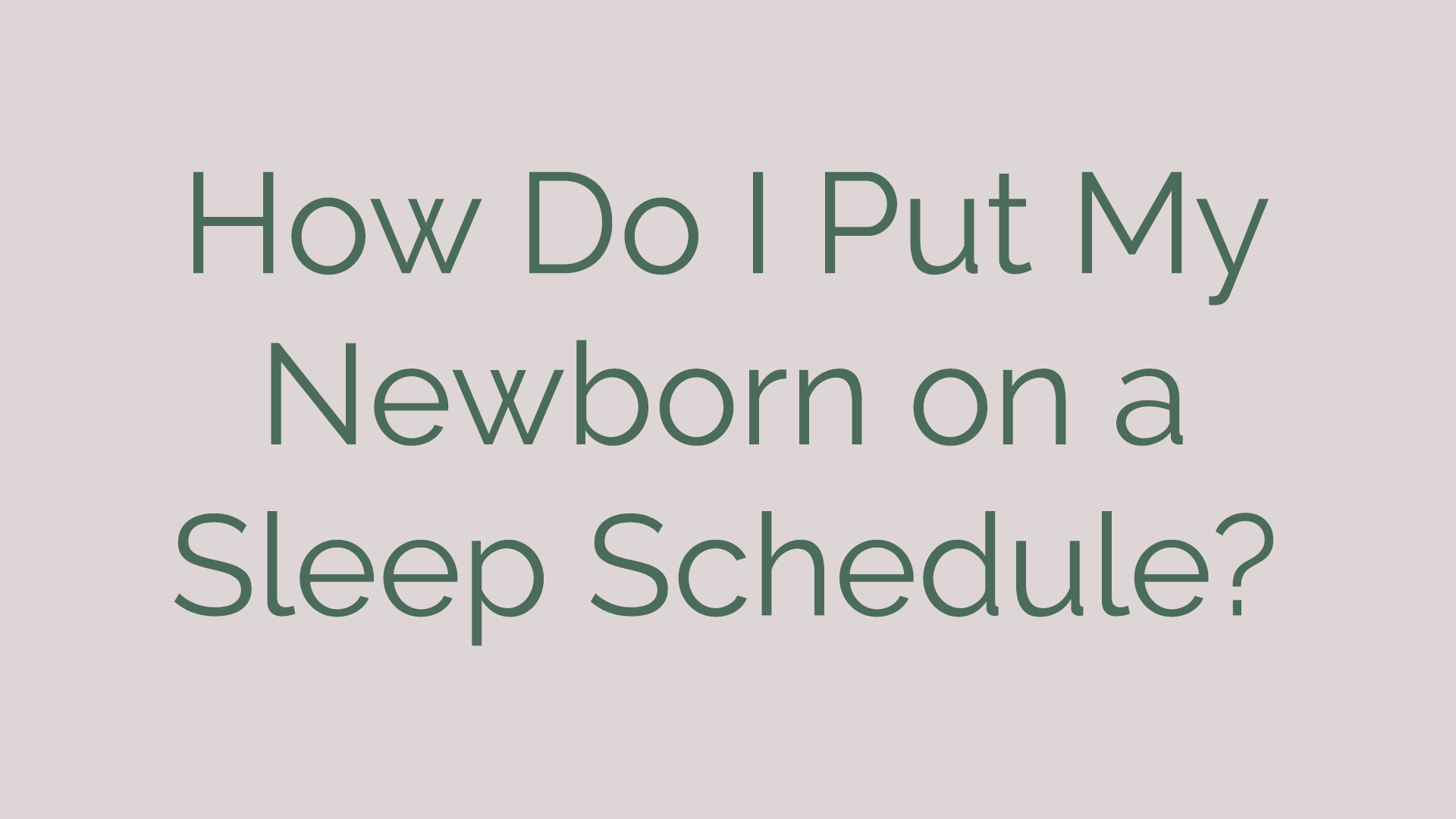
Hi! Just wondering why it isn’t a good idea to DF a baby after 16 weeks? My LO is 20 weeks and we just started doing a DF. It’s worked wonderfully the past two nights, but am now concerned about our timing! This feed is his only one between 7pm and 7am…
Hey!! If you can keep a DF and it doesn’t cause any issues, that’s great. Typically after 4 months of age the DF just becomes another waking that baby starts to have. I would get an okay from the doc on when it’s okay to cut all night feeds, then stop the doing the DF (if you’d like). Also, the DF can actually wake the baby (they make look asleep, but it really does rouse them a bit when you feed them) and that waking can cause issues with the rest of their night’s sleep.
Hi! i need some help! My LO is 16 weeks and we started doing a DF about 2 weeks ago. She goes to bed at 7pm (she can put herself down to bed, we sleep trained and she learned that one rather quickly) and we DF around 1045pm. But she won’t sleep past 4am and lately she has been waking at 3am! We let her cry about 30 min then go in to soothe her and then she will sleep until 7am. Has the DF disrupted her sleep cycle? Am I destined to wake up in the middle of the night forever?? Should I go back to the way it was before? Before, she would sleep from 7pm to about 1am and then feed and then wake again around 5am. The DF has allowed me to get a much-needed 4-5 hour uninterrupted stretch of sleep. help!
Hi Diana! If baby is being assisted to sleep at any time throughout the night, then unfortunately she’s not fully sleep trained :/ I don’t think it’s the DF that is causing the early morning wake up but rather that she’s looking for assistance to fall back asleep. I would love to help – please check out my Baby Sleep Trainer Program if you are still having issues: https://www.babysleeptrainer.com/my-program/ <3
Hi thanks for the help, my question is- can I leave the baby in the rock n play for the dream feed or is it necessary to pick her up? She has reflux very bad. Is on Zantac 3x a day. So I am curious to see if this will work and want to give it a try.
Thanks!
Hi Melanie! It is not necessary to pick baby up if she’ll take a bottle. Simply prop her up (if needed) and feed her the bottle where she’s sleeping without waking her.
Hi Natalie,
My daughter is 8 weeks old. I introduced dream feeding about two weeks ago. It is working fantastically and giving us about 3 more hours total of extra sleep before the next feeding. My question is, my daughter doesn’t go down to sleep before 9pm. Usually between 9-10pm is when she’ll go down for the night. I usually dream feed her around 11:30/midnight. Is this alright? Any advice for an earlier bedtime. We usually start bedtime routine around 7:30pm (bath, bottle, pajamas, book) and she just refuses to go to bed…
[…] baby can easily accept feeding while he or she is asleep. Dream feeding is best for young newborns because they are likely to sleep for long hours. Toddlers may need to be […]
Hi Natalie, my baby is three months old and had reflux when she was 1-2 months old. She doesnt throw up anymore but will only dream feed throughout the day since she was 20 days old. Its really exhausting for us to rock a hungry crying baby To sleep every time before feed her. She cries like crazy whenever she sees the bottle or when the teat touches her lips.
Are there any method that we can use to get her stop dream feeding and drink milk when shes awake?
Hi Cynthia,
I think you can train her as soon as she’s 16 weeks of age or older, counting from due date (assuming the pediatrician approves of you training her despite the reflux).
https://www.babysleeptrainer.com/what-is-baby-sleep-training/
I tried this and my baby isnt taking to the bottle very quickly/easily. Is there a bottle you recommend for dream feeding?
Oof there are so many! Depending on your child’s age, it may be less of a “right bottle” thing and more of a “try again in about a week” thing. If baby accepts a certain bottle for daytime that’s the same bottle to use for dream feeds.
Hello Natalie, my son is three weeks old, He falls asleep at 8:00 pm. What time should I give me DF? Thanks so much.
Hi Sueann,
Before you go to sleep at perhaps 10 or 11 pm.
Hi Natalie,
My daughter goes to sleep well at 7pm and then we generally wake her at 10pm for a feed which she then doesn’t settle after.
We were getting her up to feed, should we be feeding in her basket?
Normally we end up giving her s top up at midnight which then disrupts for rest of night.
She is 2 weeks old, we’ve got s really good daytime routine with 5 feeds but struggling with the night time.
Any advice?
Thank you
Hi Jo,
If you find the feeding at 10 pm is disruptive, I would stop doing it and just wait for her to wake and then feed her at that time (as long as the pediatrician is ok with that).
Natalie